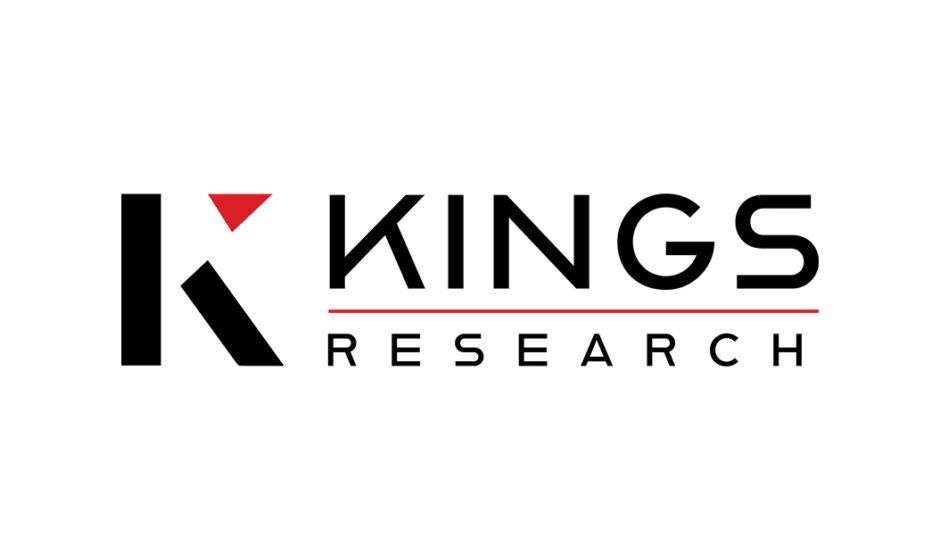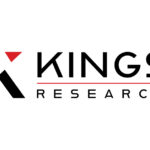The global Terrestrial Laser Scanning (TLS) market is emerging as a key player in the field of high-precision surveying and geospatial technologies. As digital transformation accelerates across industries such as construction, mining, agriculture, and engineering, terrestrial laser scanning has gained significant traction due to its unmatched capabilities in capturing detailed spatial data. According to a recent market study by Kings Research, the global Terrestrial Laser Scanning market was valued at USD 6.89 billion in 2024 and is forecast to reach USD 10.50 billion by 2031, growing at a robust CAGR of 6.2% during the forecast period (2024–2031). This impressive trajectory reflects the increasing demand for rapid, accurate, and real-time spatial data in complex project environments.
Competitive Landscape
The Terrestrial Laser Scanning market is characterized by intense competition, constant innovation, and strategic collaborations. Key industry players are actively investing in research and development, partnerships, and acquisitions to expand their offerings and improve technological integration. From hardware manufacturing to software solutions and service provision, companies are leveraging both organic and inorganic growth strategies to strengthen their market footprint.
Key Companies in the TLS Market Include:
-
RIEGL UK LTD
-
GreenValley International Inc.
-
FARO Technologies Inc.
-
Leica Geosystems AG (Hexagon)
-
STONEX
-
Emesent
-
Trimble Inc.
-
Shanghai Huace Navigation Technology Ltd.
-
Topcon
-
Zoller + Fröhlich GmbH
-
Teledyne Technologies Inc.
-
Creaform
-
Fugro
-
Merrett Survey Limited
-
ZEISS Group
These market players continuously enhance their product portfolios with improvements in range, resolution, portability, and integration with AI/ML and cloud-based platforms. Additionally, their offerings cater to a wide range of industries, enhancing the scalability and relevance of TLS technology across sectors.
Market Drivers and Growth Enablers
Several key drivers are fueling the global TLS market’s expansion:
-
Infrastructure Development: With massive infrastructure projects underway worldwide, especially in emerging economies, the demand for accurate geospatial data has surged. TLS enables precise mapping and 3D modeling, crucial for design and execution phases.
-
Technological Advancements: Innovations such as high-speed 3D scanning, wireless data transfer, and integration with Building Information Modeling (BIM) tools are making TLS solutions more powerful and user-friendly.
-
Government Support and Regulations: Many governments are investing in smart cities, digitized land records, and public infrastructure upgrades, creating opportunities for TLS technology adoption.
-
Rising Demand in Agriculture and Forestry: TLS is increasingly being used to study vegetation structure, monitor crop yield, and assess forest biomass, aiding precision farming and sustainable forestry practices.
Despite these drivers, challenges such as high equipment costs and technical complexity could restrain adoption in small-scale enterprises. However, the increasing availability of scanning-as-a-service models and improvements in usability are addressing these barriers.
Segmental Analysis
A granular understanding of the TLS market reveals strong potential across various segments. The market is segmented based on type, solution, laser type, and application.
By Type
-
Phase-Shift: Offers high-speed scanning at close range, suitable for indoor and industrial environments.
-
Pulse-Based: Ideal for long-range applications such as terrain mapping and mining.
-
Optical Triangulation: Used for smaller objects or areas requiring very high precision.
By Solution
-
Scanning Systems: These are the core hardware tools used for capturing spatial data.
-
Scanning Services: Encompass data processing, analysis, and consulting, increasingly offered by third-party vendors.
By Laser Type
-
Diode: Widely used for its efficiency and cost-effectiveness.
-
Fiber: Known for high precision and power.
-
Solid-State: Emerging as a compact and durable solution for rugged environments.
By Application
-
Building Information Modelling (BIM): Integral in the planning and maintenance of modern infrastructure.
-
Topographical Survey: Used in mapping and urban planning.
-
Forestry and Agricultural Survey: Aiding in ecosystem analysis and precision agriculture.
-
Mining Survey: Ensuring safe and efficient extraction operations.
-
Research and Engineering: Supporting innovation in robotics, environmental studies, and mechanical design.
-
Others: Including archaeology, oil & gas, and utility mapping.
This segmentation enables businesses to align their offerings with industry-specific needs and tap into high-growth niches.
Regional Insights
The regional analysis of the Terrestrial Laser Scanning market reveals that North America holds a significant market share, driven by technological adoption, advanced infrastructure, and government-backed research initiatives. The United States remains a hub for TLS innovation, with active participation from academic, industrial, and government institutions.
Europe follows closely, with countries like Germany, the UK, and France leading the way in industrial surveying and smart construction. The European Union’s focus on sustainable infrastructure and environmental monitoring is boosting TLS demand in the region.
Asia Pacific is expected to witness the fastest growth during the forecast period. Rapid urbanization, infrastructure expansion, and a booming construction sector in countries such as China, India, and Japan are accelerating market development. Government programs like India’s Smart Cities Mission are directly contributing to this surge.
Latin America, Middle East, and Africa are gradually embracing TLS technology, with increasing applications in oil & gas, mining, and heritage conservation.
Strategic Insights and Future Outlook
The Terrestrial Laser Scanning market is poised for steady growth, supported by a combination of technological progress and rising application diversity. As industries seek more efficient, accurate, and safer ways to capture and analyze spatial data, TLS solutions are increasingly becoming indispensable.
Kings Research’s report not only highlights the current market dynamics but also offers strategic foresight into upcoming opportunities and challenges. From adapting to evolving regulatory frameworks to managing economic fluctuations, businesses equipped with the right insights will be best positioned to lead in this competitive market.
For detailed findings, visit the full report at:
👉 https://www.kingsresearch.com/terrestrial-laser-scanning-market-2258


